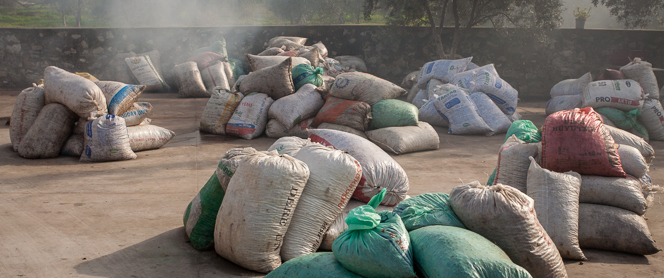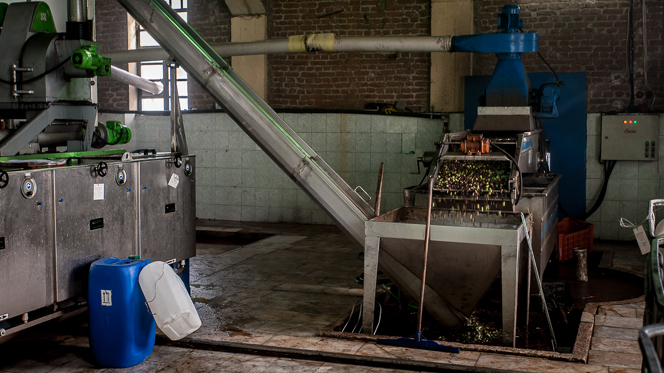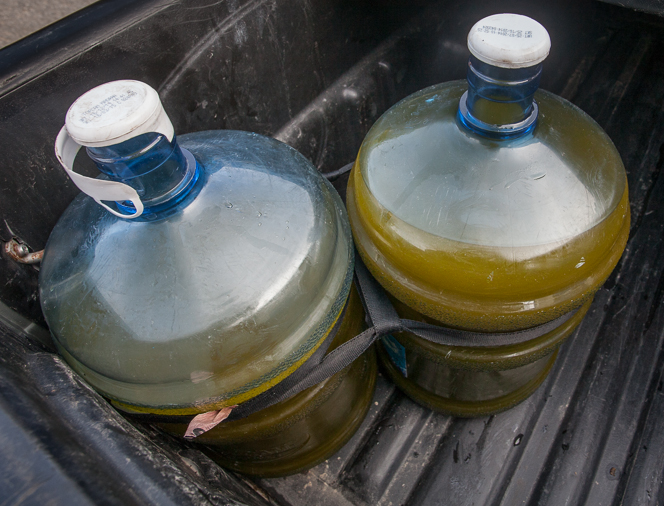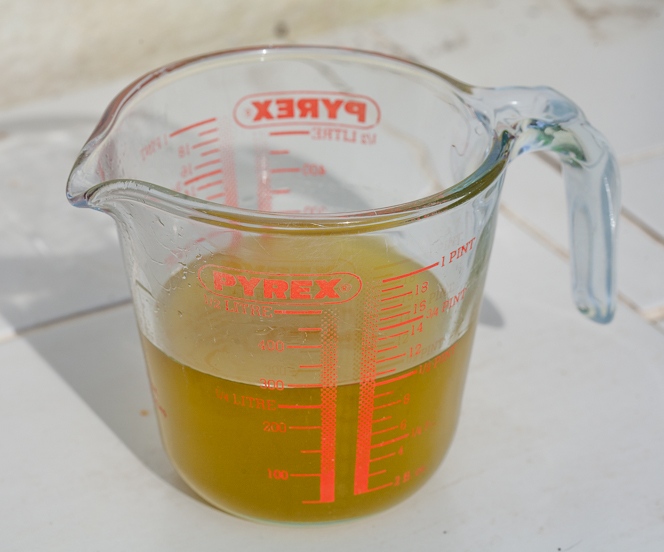Winter is really here now, and with it has come the rain. Christmas has come and gone. We hope you are all having a relaxing break, wherever you are. We plan to give ourselves the next few days off, but right up until Christmas Eve we’ve been busy with the olive harvest, and also painting and tiling one more bedroom in time for a visit from Sirem’s dad.
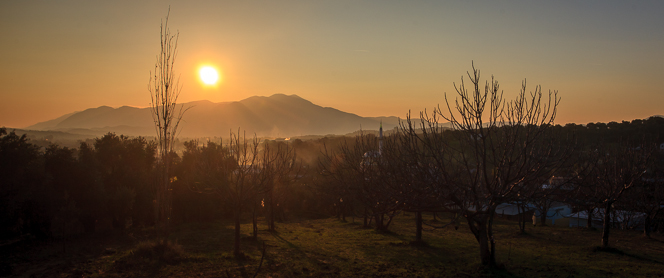
Winter sunset looking towards Mount Mycale.
Every month I learn something new about Mediterranean agriculture. Previously, I had no idea olives were harvested so late in the year. Apparently it’s all about leaving them on the tree for long enough to produce a lot of oil, but not leaving them so long that they start to fall off. From early December onwards, all the hillsides around the village are dotted with the white nylon sheets used to catch the olives when the trees are beaten with sticks.

Olives on the tree.
We have about 15 trees, which is not many by local standards. But being non-experts, we decided to get some professional help in anyway. Thanks to Mustafa and Leyla we got our olives down from the trees in a single (long, tiring, back-breaking) day. And then another day to sort them and get them all into sacks.
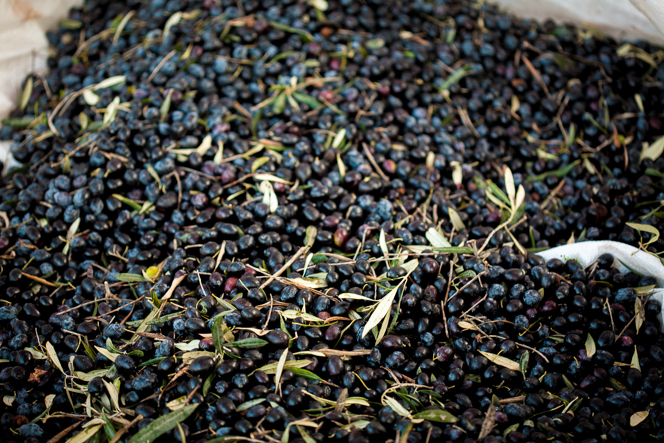
Freshly harvested olives.
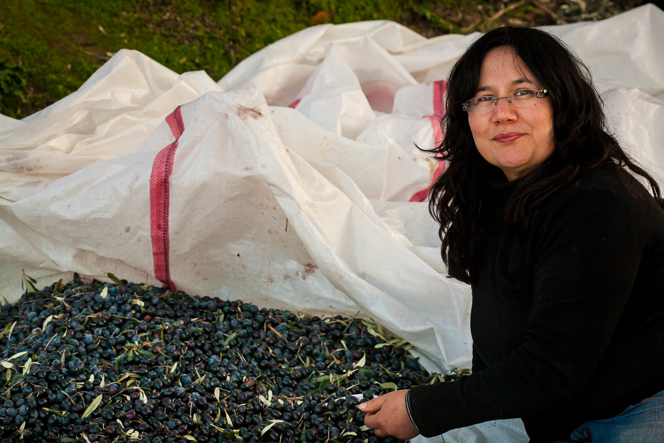
Sirem choosing the biggest and best olives for eating: the rest become olive oil.
I couldn’t believe that only 15 trees produced about 350 kg of olives. We can’t possibly eat that many, so most of them are going to be pressed into olive oil at one of the local processing plants. It takes about 5 kg of olives to make one litre of oil, which means we should be set up for olive oil for the foreseeable future.
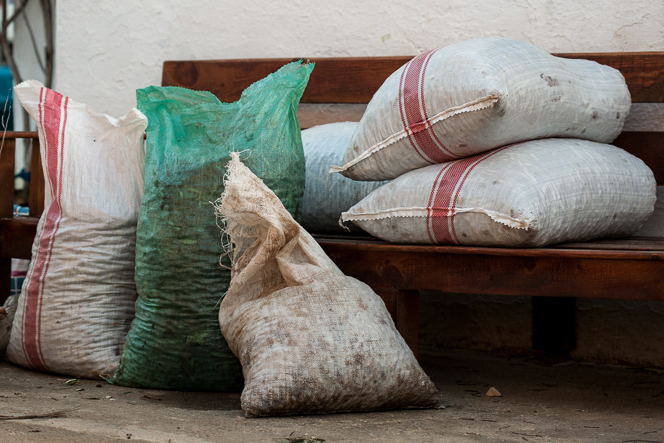
Most of our olive harvest (a few more sacks added later).
The biggest and juiciest olives are put aside for eating, but you have to pick them out manually and that takes some time. Right now our best olives have been washed and salted and are sitting in sacks under the weight of some bricks: it will take a month or more before they’re ready to eat. We know they’re going to taste good though, because we’ve already tried some early-harvest olives we picked a few weeks back.
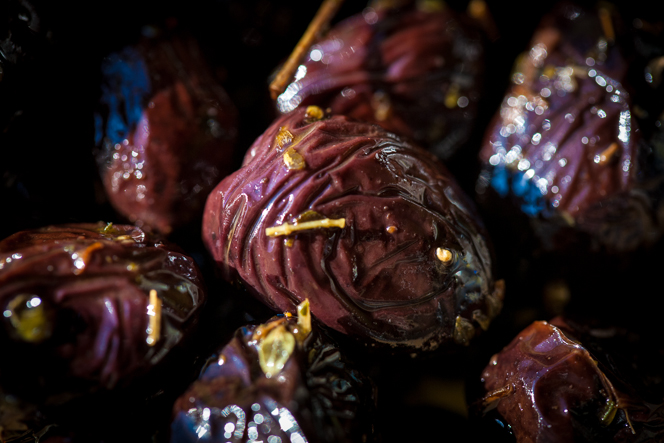
Here’s some we made earlier: pressed, salted olives in oil and oregano.
We also made time for a trip to the nursery. We love our orchard, but we don’t want to grow only figs and olives up there. We bought all sorts of things: a cherry tree, some oleander bushes and trees, different kinds of cypresses, a bay tree, rosemary, lavender, and more. Currently they’re all sitting in pots in the courtyard, but we need to get them into the ground and start the long job of landscaping what we hope will be a wonderful garden some day.
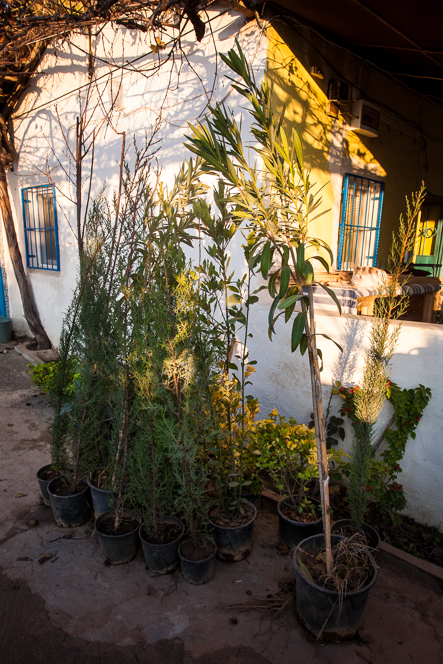
A selection of trees and shrubs.
I’m in two minds about mentioning our progress on the kitchen, because I’m a bit embarrassed about how long it’s all taking. But things are progressing and we will get there eventually. We’re very proud of having made our own drawers, and people who’ve visited us already will know how much of a big deal it was to finally have a sink in the kitchen.
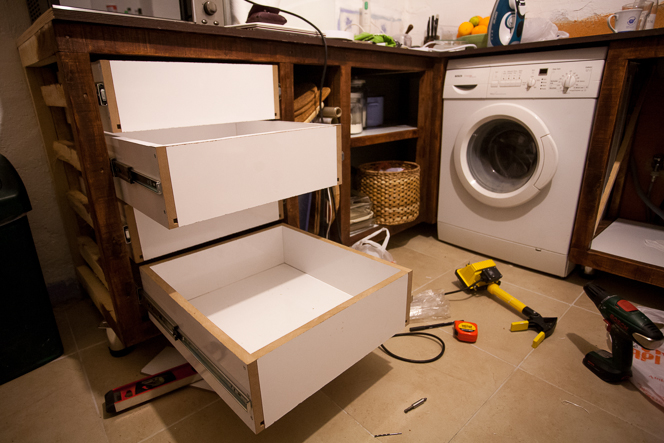
Drawers! Actual working drawers!
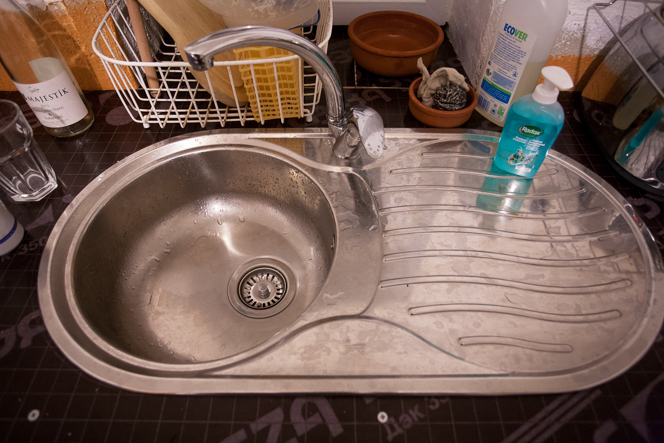
Our long-awaited kitchen sink. (Ignore the worktop: that’s just plywood and will get tiled soon.)
Christmas Eve was exhausting, because we had to grout the new tiles in the oldest bedroom before Sirem’s dad arrived on the 25th. This came after a day of olive harvesting, of course. It was worth it, because now we have another warm and welcoming bedroom — but we don’t want to do it again in a hurry. It was nice to relax by the fire on Christmas Day, watching our dinner cook in the coals, and enjoying a few glasses of distinctively named Turkish wine.
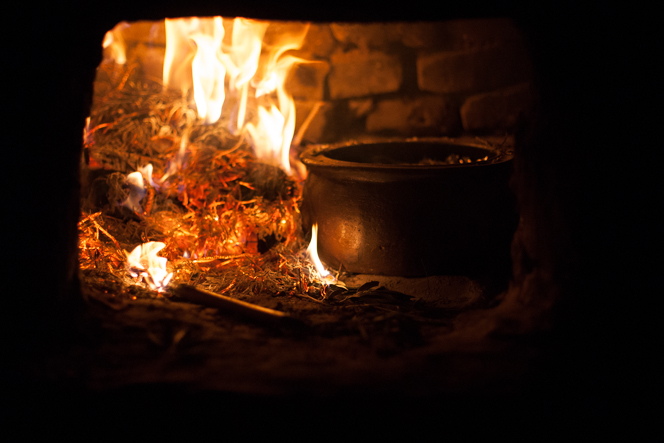
Christmas dinner cooking in a clay oven.
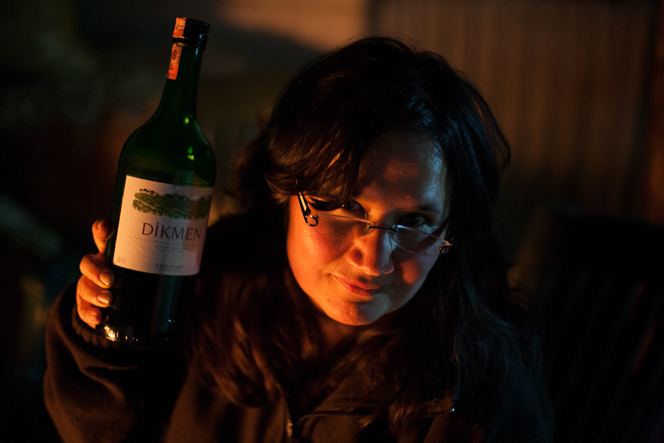
Cheers!

